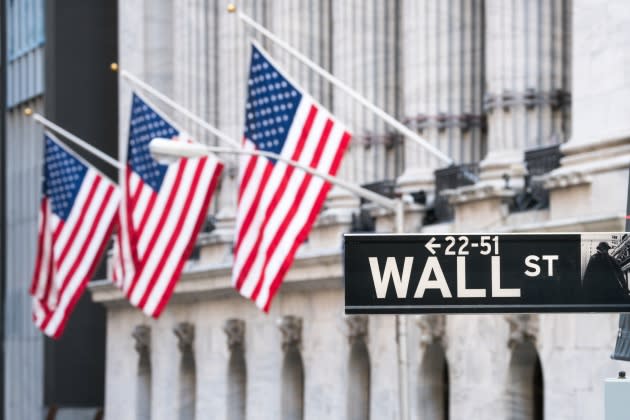Moody’s Predicts Rise in Retail Debt Defaults

A more cautious consumer and heavy debt loads are putting the squeeze on more retailers.
Moody’s Investors Service forecast debt defaults would “accelerate,” with the U.S. retail and apparel speculative-grade default rate increasing to 8.6 percent for 2023 from 6 percent currently.
More from WWD
TikTok Loves This Aritzia-Inspired Romper That's on Sale for Under $20 During Amazon Prime Day
The Best Amazon Prime Day 2023 Fashion Clothing Deals to Shop Now
Nordstrom Anniversary Sale 2023: The Best Fashion and Beauty Deals to Shop This Year
“In a sharp reversal since the benign conditions of 2021, which lasted through September 2022, defaults have since spiked, driven by a dearth of debt financing, high interest rates, surging costs, declining discretionary goods spending and supply chain challenges,” the credit watchdog said in a new analysis.
“Strong balance sheets are now even more essential,” Moody’s said.
The sector registered seven defaults since September, as opposed to just one during the prior year; among them were the Bed, Bath & Beyond bankruptcy and liquidation and Rite Aid Corp.’s distressed exchange.
“Despite our stable outlook for the retail sector, conditions remain challenging,” Moody’s said. “While retailers should benefit from normalized freight rates, declining product costs and less steep promotions in the second half of 2023, consumer demand for discretionary goods is under pressure.
“Higher labor expense is also hitting profitability despite decelerating overall inflation,” Moody’s said. “While we do not expect a return to the pandemic-period 22.5 percent peak in speculative-grade defaults, the pressures are high enough to push up distress levels closer to the 2017-2019 retail default cycle,” when the default rate stood at 13.6 percent.
The rating agency pointed to 10 retailers that are rated B3 and below — subject to at least “high credit risk” in the agency’s scale — and have a total of $4.9 billion in debt coming due between 2023 and 2024.
Topping this list were Belk, which is rated Caa3 and has $1.3 billion coming due, and the Qurate Retail Inc.-affiliated Liberty Interactive, which is rated B3 and has $1.1 billion coming due.
In good times, even companies with weaker credit scores can refinance; they just have to pay more and limit their financial flexibility. But the financing climate has shifted rapidly over the past year as the Federal Reserve has ratcheted up the benchmark interest rate by 5 percent to fight inflation.
“Weaker, highly leveraged companies continue to have a tough time accessing capital in a market where investors remain risk averse,” Moody’s said. “This will be increasingly problematic for companies at the lower end of the rating scale. Out of the 127 retail & apparel companies, we currently rate 16 at Caa1 and below — a level that indicates a high likelihood of default.
“About 60 percent of U.S. retail and apparel companies rated B2 and below have only floating-rate debt and are therefore fully exposed to rising rates,” Moody’s added. “Our analysis also indicates that most have no interest rate protections in place. Generally, the smaller the company, the more likely it is to rely on floating-rate debt, making it more vulnerable to increased interest costs.”
Best of WWD
